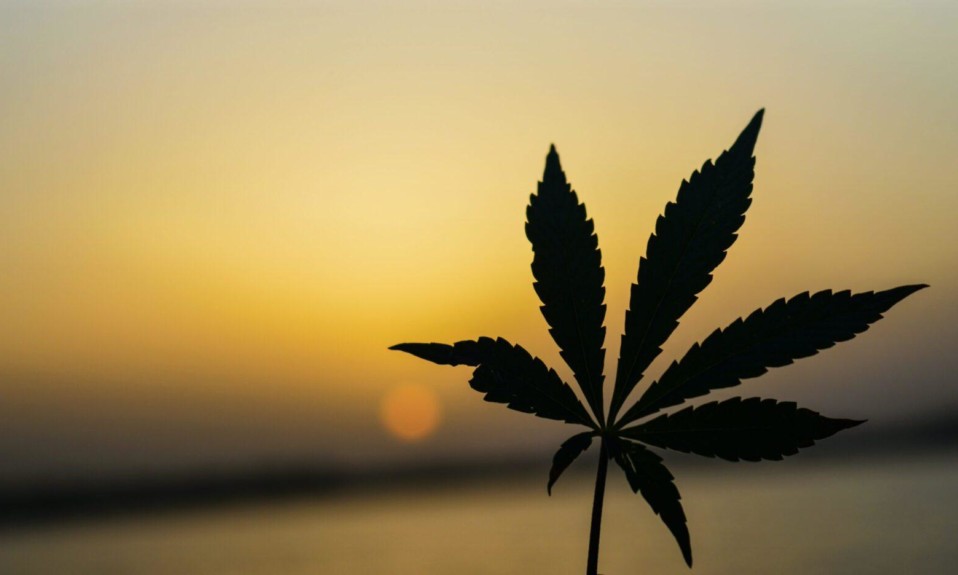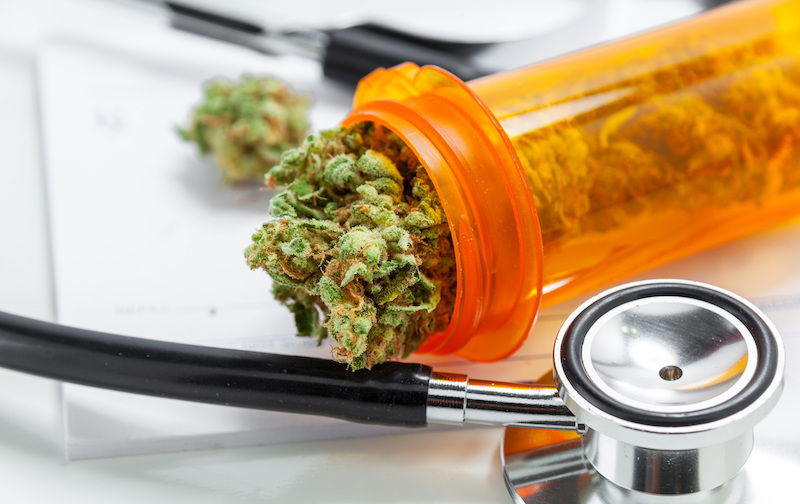Plus: COVID sparks new AMA addiction-care guidelines; weed use is linked to the seasons; and the United Nations tracks illegal drug money
By William Wagner
January 19, 2021This week’s edition of “From the Journals” delves into the realities of marijuana withdrawal, as well as how weed use can be tied to the seasons. We also look at how the spate of overdose deaths during the COVID-19 pandemic has forced the American Medical Association (AMA) to rethink some of its protocols. Last, we spotlight the United Nations’ latest efforts to follow illegal drug money.
From Addiction:
Marijuana Withdrawal: It’s Real
For those who believe marijuana is a “harmless” drug, a study out of the University of Michigan points in a different direction. Over a two-year period, addiction psychologist Lara Coughlin, Ph.D., and her research team surveyed 527 adults who used medical cannabis to ease chronic pain, and more than half experienced withdrawal symptoms. “Some people report experiencing significant benefits from medical cannabis, but our findings suggest a real need to increase awareness about the signs of withdrawal symptoms developing [in order] to decrease the potential downsides of cannabis use,” Coughlin said in a news release. Among the withdrawal symptoms the team observed were anxiety, difficulty with sleeping, aggression and restlessness.
From the American Medical Association (AMA):
A Revised Roadmap for Treating SUD
Before the COVID-19 pandemic—seemingly a lifetime ago, in September 2019—the AMA published a guide for policymakers to help end the U.S. opioids epidemic. A year later, it became clear the pandemic had rendered some those recommendations outdated, so the AMA rang in 2021 with an updated and expanded roadmap.
“The results [of the 2019 roadmap] are mixed, with the COVID-19 pandemic creating new challenges but also opening up new opportunities,” the authors state in the introduction of the new report. “For example, the important national focus on addressing racial inequities in care has exposed huge disparities in how different populations fare with respect to substance use disorders (SUDs), but also generated new support for addressing those disparities.” Some of the new recommendations include expanding access to SUD treatment, putting more teeth into existing mental health and SUD parity laws, and bolstering harm reduction techniques (such as making the opioid medication naloxone more readily available).
From Drug and Alcohol Dependence:
The Ebb and Flow of Weed Use
Turns out you can chart weed-use variations by the seasons. In fact, that’s exactly what Joseph Palamar, Ph.D., MPH, an associate professor of population health at New York University Grossman School of Medicine, and his colleagues did. After analyzing data from nearly 300,000 people who responded to the National Survey on Drug Use and Health from 2015 to 2019, they determined that marijuana use steadily escalates throughout the calendar year, reaching its peak in late fall or early winter. Such information would be helpful in planning interventions. For example, summertime would be an optimal period to step up marijuana-related educational programs aimed at college students.
From United Nations Conference on Trade and Development (UNCTAD):
Tracing the Flow of Illegal Drug Money
Part of the fight against SUD always will involve cutting off the flow of illegal drugs. To that end, UNCTAD is following the money. Late last month, UNCTAD finalized a plan to measure illicit financial flows (IFFs). Where drug trafficking and migrant smuggling are concerned, pilot programs are underway in Afghanistan, Colombia, Ecuador, Mexico, Nigeria, and Peru. Look for more pilots to unfold as 2021 progresses.













